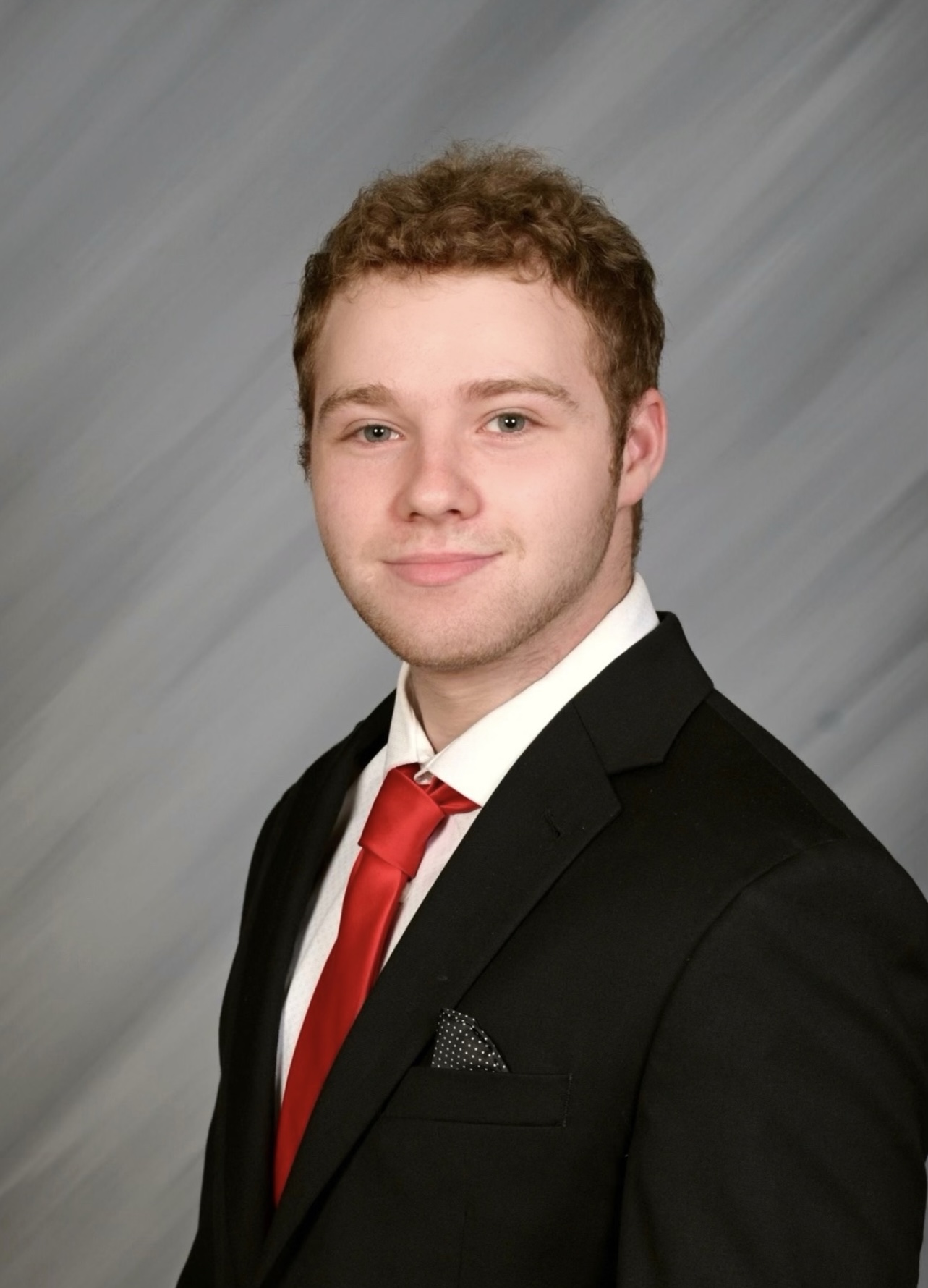Orthopedic and Rehabilitation Engineering
Analyzing functional gait and weight bearing metrics for rat medial meniscal transection (MMT) and non-invasive knee injury (NIKI) models of post-traumatic osteoarthritis (PTOA)
(G-264) Analyzing functional gait and weight bearing metrics for rat medial meniscal transection (MMT) and non-invasive knee injury (NIKI) models of post-traumatic osteoarthritis (PTOA)
- NK
Nisha Kyathsandra
Undergraduate Research Assistant
University of Oregon- Knight Campus
Eugene, Oregon, United States - NP
Nicholas M. Pancheri (he/him/his)
Graduate Student Researcher
Phil and Penny Knight Campus for Accelerating Scientific Impact
Eugene, Oregon, United States - ES
Emily Sverdrup
Undergraduate Research Assistant
The Phil and Penny Knight Campus for Accelerating Scientific Impact, United States 
Jake Heinonen
Research Assistant
University of Oregon
West Linn, Oregon, United States- AL
Angela Lin
Senior Research Engineer
University of Oregon, United States - LM
Lina Mancipe Castro
Post Doctoral Researcher
Phil and Penny Knight Campus for Accelerating Scientific Impact, United States - NW
Nick Willett, PhD
Associate Professor
University of Oregon, Knight Campus, United States - RG
Robert Guldberg
Executive Director
University of Oregon, Knight Campus for Accelerating Scientific Impact, United States
Presenting Author(s)
Co-Author(s)
Last Author(s)
Primary Investigator(s)
Materials and Methods::
These results juxtapose data from three independent experiments that included longitudinal measurements of spatiotemporal gait and weight bearing parameters. In these studies, weight-matched, skeletally mature male Lewis rats underwent either NIKI (n=12), NIKI-Sham procedure (n=7), MMT (n=6), or MMT-Sham surgery (n=6), with all activities following local IACUC protocols. Baseline measurements were recorded in all animals 1 week prior to the procedure. For NIKI and NIKI-Sham animals, spatiotemporal gait parameters and weight bearing behavior in immobile positions were assessed at 4-, 6-, and 8-weeks post injury, and animals were euthanized at 8 weeks post-procedure. For MMT and MMT-Sham animals, gait and weight bearing measurements were taken at 2, 4, and 6 weeks, and animals were euthanized 6 weeks post-surgery.
Experimental Dynamic Gait Arena for Rodents (EDGAR): Gait data were collected using the EDGAR and Gait Analysis Instrumentation and Technology Optimized for Rodents (GAITOR) suite. Animals were placed in the acrylic sheet arena with a transparent floor, and high-speed camera. Three repetitions were captured of four complete gait cycles along the length of the arena. Videos were processed in MATLAB using the AGATHAv2 code included in the open source GAITOR Suite1.
Dynamic Weight Bearing (DWB): Data were collected using the Bioseb DWB 2.0 system with floor pressure sensors (25x25 cm). The rat was placed in the chamber for 5 minutes with a camera filming from above. Together, the sensors and camera capture force (g) or area (mm2) of each paw in contact with the floor to determine weight distribution.
Results, Conclusions, and Discussions::
DWB: We performed a two- way ANOVA with Tukey’s post hoc test (p< .05) to compare between surgical groups within individual studies (e.g., NIKI versus NIKI-Sham or MMT versus MMT-Sham). Key parameters are displayed as the amount of weight bearing as a percentage of the animal’s body weight or a ratio of weight borne on front/rear limbs or injured/uninjured limbs. ACL rupture results in reduced weight-born on the injured limbs, which corresponds to increases in front/rear weight ratio and right limb weight ratio, suggesting the animals are offloading onto the right rear limb and slightly onto the front limbs in NIKI animals in all stages post injury (Fig. 1-2). Further, NIKI animals show a decrease in ratio of weight placed on injured limb in the early stages post ACL rupture, with trends towards recovery by 8 weeks (Fig. 1). Trends in weight bearing post injury are not also seen in MMT subjects, indicating different weight bearing behaviors according to treatment given. All data was normalized to baseline
EDGAR: Analysis was performed using a one- way ANOVA with Tukey’s post hoc test (p< 0.05) to compare treatments to a universal weight-matched naïve baseline. Key gait parameters include “duty factor” of each limb, defined as the ratio of time that the limb is in contact with the in a single gait cycle. “Spatial symmetry” of the limbs was also collected and defined as the difference between the central points of paw prints in consecutive gait cycles. Significant increase in DF of left hind limbs of NIKI animals in comparison to baseline subjects indicates more time spent from heel to toe off in hind limbs. Differences seen between NIKI and MMT at later timepoints may result from weight and age rather than disease progression. Spatial symmetry in hind limbs of NIKI animals is decreased relative to sham counterparts, corresponding to changes in DF. These parameters are not affected in MMT treated animals.
Future directions include corroborating findings to the OA progression via morphometric changes in bone and cartilage and joint histology and using regression analyses to determine relationships between functional and structural findings.
Acknowledgements (Optional): :
Funding for this work was provided by the Wu Tsai Human Performance Alliance at Oregon.
References (Optional): :
1. Jacobs, B. Y., Lakes, E. H., Reiter, A. J., Lake, S. P., Ham, T. R., Leipzig, N. D., Porvasnik, S. L., Schmidt, C. E., Wachs, R. A., & Allen, K. D. (2018). The Open Source GAITOR Suite for Rodent Gait Analysis. Scientific reports, 8(1), 9797. https://doi.org/10.1038/s41598-018-28134-1
